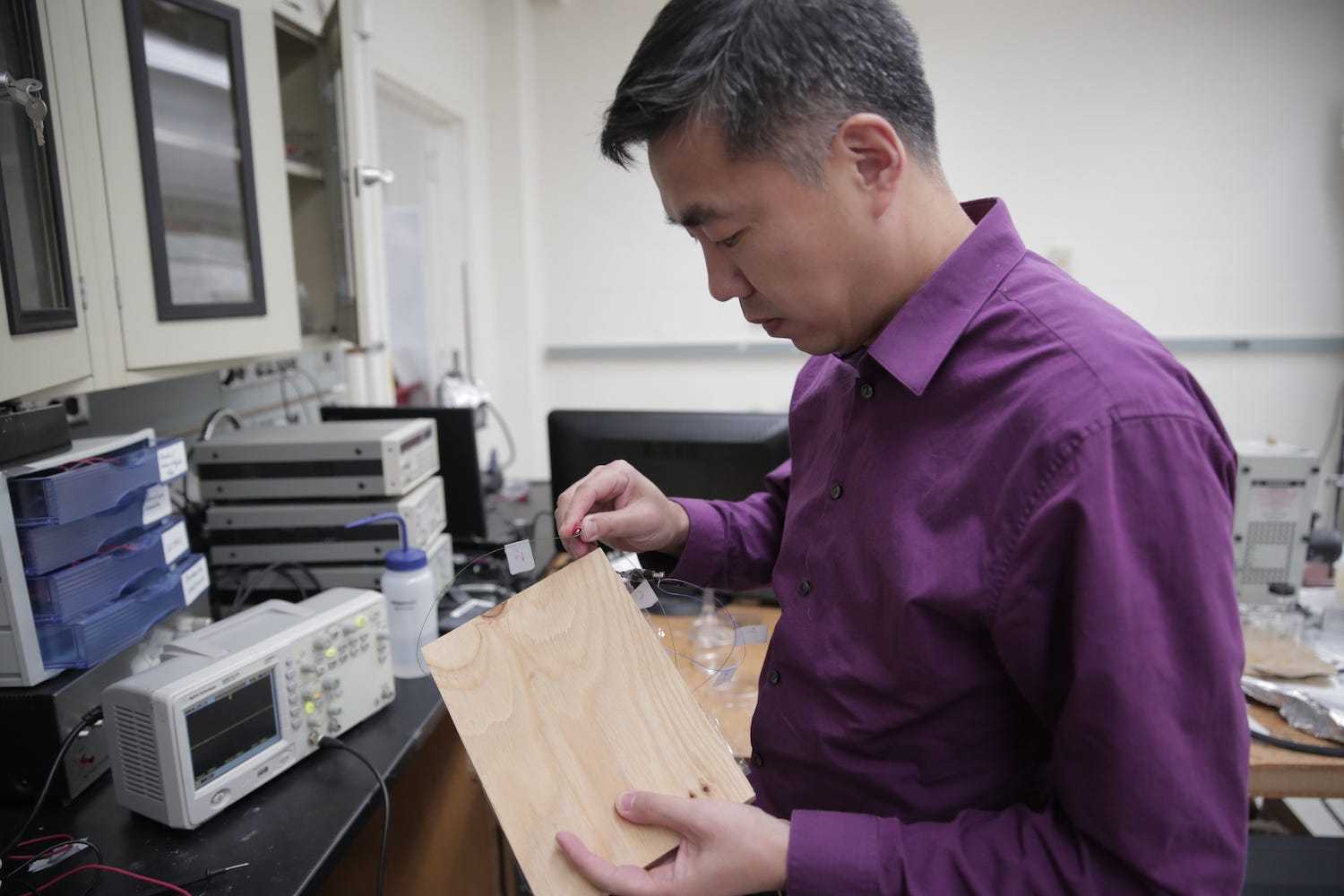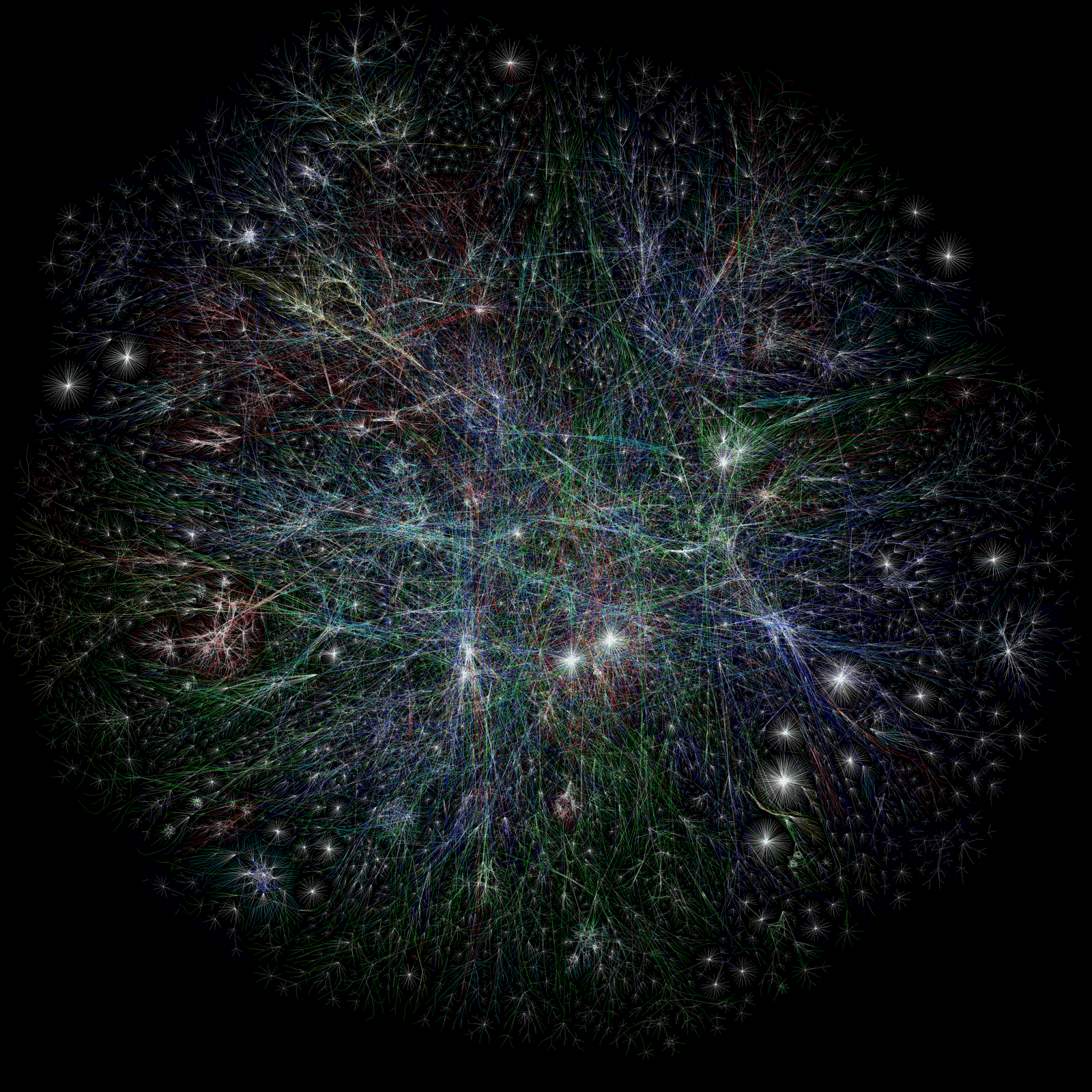
Energy-harvesting flooring
A "triboelectric nanogenerator" (TENG) uses the principles behind static electricity to harvest kinetic energy. In one of the first potential applications of this technology, researchers at the University of Wisconsin have developed a flooring material made of alternating layers of treated and untreated wood pulp nanofibers. "Heavy traffic floors in hallways and places like stadiums and malls that incorporate the technology could produce significant amounts of energy". The material is only a few millimeters thick, and can be stacked to increase power output.
This points towards a future where buildings not only recover part of the energy used to provide a comfortable environment (e.g. lighting and HVAC), but do so in proportion to the intensity of use—and employ every surface of the structure, inside and out, to achieve net zero operation.




..png)
